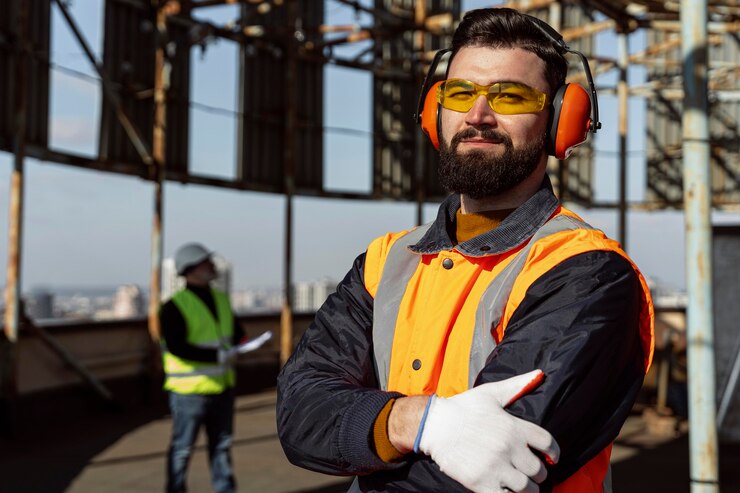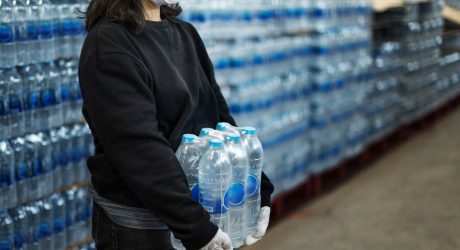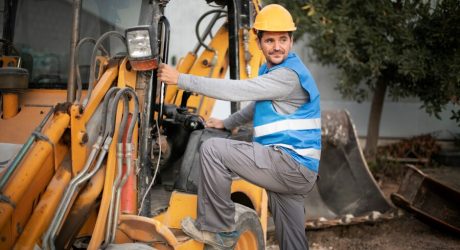Creating a culture of workplace safety is crucial for businesses, especially those in industrial cleaning. By prioritizing the well-being of employees, companies not only create a safer working environment. They also increase productivity and reduce costs associated with accidents or injuries.
In this article, we will explore how to cultivate a strong culture of workplace safety with industrial cleaning as the primary focus. We will cover essential tips that businesses can use. That way, they can promote a safe working environment for all employees.
Read on! Let’s create a safer workplace together!
What Is Workplace Safety
Workplace safety is the set of laws and policies that are designed to ensure the safety and security of employees. An organization must keep its employees safe under any circumstance. Generally, any workplace is prone to risk. However, the workers associated with manufacturing and real estate are more vulnerable. An organization uses different workplace safety norms and standardizes them to create an ecosystem of safety and security within the organization.
Five Elements Of Workplace Safety
In this regard, the NSMS safety norms and standards require mention. It is a general safety program that comprises five components of workplace safety. They include Encouragement, Engineering, Enforcement, Education, and finally Evaluation.
Encourage demotes motivating the employees to partake in awareness building and sync themselves with the culture of safety. Engineering Safety includes careful design, development, implementation, and analysis. It helps develop safety-related awareness and measures.
Enforcement is all about compelling the employees to comply with the laws, regulations, and policies on safety. It includes both practical and theoretical training within the organization.
Finally, Evaluation denotes continuously overseeing or monitoring the existing framework. Sustaining a positive culture demands constant evaluation.
Why Is Workplace Safety Important?
Organizations, regardless of scale, work on framing workplace safety norms and regulations. They are indeed great in terms of their efficacy. It brings in a framework of responsibility and accountability to the stakeholders. However, let’s try understanding the need for workplace safety in the organization here.
Preventing Safety
Safety and security inside the workplace are not only norms, but discipline is also a part of the culture. Therefore, the management invests primarily in ensuring the safety and security of its dedicated employees. They bring in technology and training to prevent employee injury, illness, and even death.
Overcoming Financial Sufferings
Workplace safety also helps overcome financial suffering. Life is filled with its own complexities. Therefore, one needs a good amount of alacrity so that they remain safe. If you received some fatal injury, then it may take your active working hours. Moreover, the expenditure can be hard on you. But with the help of workplace safety culture, this can be combated.
Maintaining Brand Image
Workplace safety creates a brand image among the community, customers, and, finally, the supplier. Consumers would definitely want to buy products from one company that has a good track record of enhancing its brand image among customers. With the help of the brand image, the attrition rate can be reduced. Hence, one must invest in resources within their existing framework (within the organization) to restore workplace safety and security.
Safety Training And Certification
Creating a culture of workplace safety in industrial cleaning means providing adequate training and certification to all employees. This step ensures that workers are aware of:
- potential hazards
- safety protocols
- emergency procedures
It also equips them with the necessary skills to handle equipment and chemicals safely. When hiring new employees, make sure to select individuals who have prior experience. Otherwise, find ones with the ability to quickly learn and adapt to new safety procedures.
Hazard Assessment And Mitigation
This involves identifying potential hazards in the workplace, such as physical and chemical hazards. It also means evaluating the level of risk they pose to employees.
Once hazards are identified, appropriate measures can be put in place to mitigate or eliminate these risks. These may include:
- providing safety equipment
- implementing safety protocols
- providing training for employees
Regularly reviewing and updating hazard assessments is also crucial. This helps to ensure continued safety in the workplace.
By consistently evaluating and addressing potential hazards, a culture of workplace safety can be established. This promotes a healthy and productive work environment.
Clear Safety Protocols And Procedures
All employees should be aware of these protocols, including emergency procedures. This includes evacuation plans and first aid procedures.
These protocols should also be readily accessible. You must include them in the training materials or posted in visible areas throughout the workplace.
Regular Safety Audits
Regular safety audits ensure that safety protocols are being followed and identify any gaps or deficiencies that need to be addressed. An internal team or a third-party auditor can conduct these audits.
The results of these audits should be thoroughly reviewed. Any necessary improvements should be implemented promptly.
Without safety audits, potential hazards and risks may go unnoticed. This leads to accidents and injuries. Regular audits act as preventive measures. It can help maintain a safe work environment for all employees.
Outsourcing Complex Tasks
Some industrial cleaning tasks may require specialized safety training or equipment. In these cases, it may be best to outsource these tasks to professionals like vectaenvironmental.com. This ensures that the job is done safely and efficiently.
Outsourcing can be a cost-effective option if you don’t have an in-house team with the necessary training and experience. It also relieves some of the responsibilities of your employees.
Industrial Cleaning Contributes To A Culture Of Workplace Safety
Creating a culture of workplace safety is crucial for businesses in the industrial cleaning sector. Through the tips in this article, businesses can ensure a safe workplace for their employees.
This not only benefits the employees. It also enhances the overall efficiency and reputation of the business. So, let’s work together to promote workplace safety and protect our most valuable asset – our employees.
Should you wish to read more topics, visit our blog. We’ve got more!
Read Also:




























